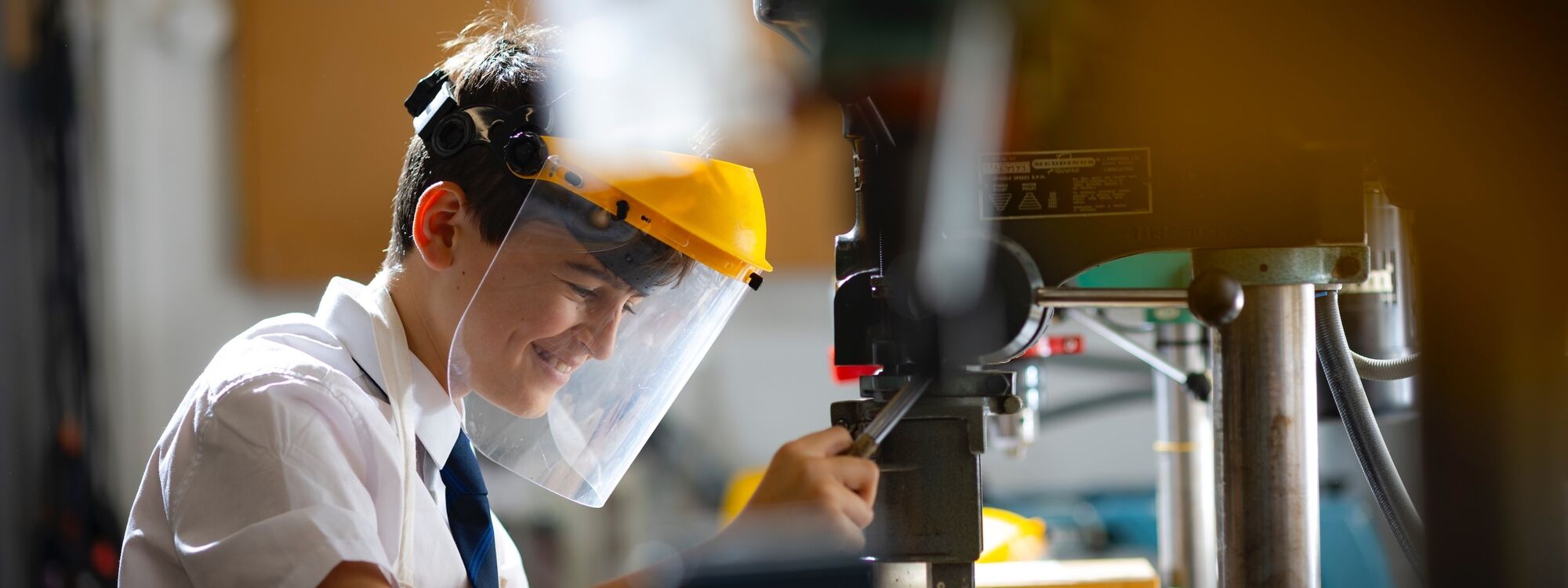- Home
- Curriculum
- Subject Information
- DT
DT
Design, combined with the appropriate technologies, changes society: how we access information; how we adapt our environment; how we communicate; how we live.
It is human-centered and focuses on the needs, wants, and limitations of the end user, rather than what has been designed before. Design is multidisciplinary and draws from many areas including the natural and social sciences, mathematics and arts, which means anyone is capable of competent design. It enables students to develop critical-thinking and creative design skills, which they can then apply in a practical context, all of which will be useful throughout their life. At Hockerill we develop these through the iterative design process, which encourages students to design, test and repeat, learning from weaknesses to improve outcomes.
Intent
Through teaching classic design, displaying exemplar work and sharing the experiences of our alumni we hope to inspire students to pursue a career in the creative fields and to have a positive influence on the planet.
Every member of the department leads by example, whether it is designing logos for the College, designing and building our own homes or posting our own culinary creations on Instagram. We encourage 6th form students to work alongside younger students in their study periods and we invite past students and professionals to share their experiences. Visits to industry have included Audi in Munich, Nokia in Helsinki, Vitra in Weil am Rhein and Ercol, Land Rover, and Coca Cola in the UK.
Implementation
Many of the skills learnt in Design Technology are for life, whether it is preparing a nutritious meal, justifying your decisions to a group of peers, or cutting a piece of material with the correct tool safely and accurately.
As stated above, contexts and concepts for projects force students to consider issues they will come across later in life, when hopefully they will make more learned choices. The design challenges at KS3 allow each student to use the design cycle to develop their own outcomes based on the client / target audience’s needs.
For the first years of KS4 and 5 we develop previous skills learnt (or introduce them completely if the student has just joined us) with a higher level of complexity and a greater degree of perrsonalisation. However, Year 11 students are simply given very broad contexts from the exam board. After choosing one, students will explore possible avenues through research before settling on one specific design problem to solve. In Year 13 students can choose to solve any design problem at all providing they design and create a 3-dimensional outcome to test.
